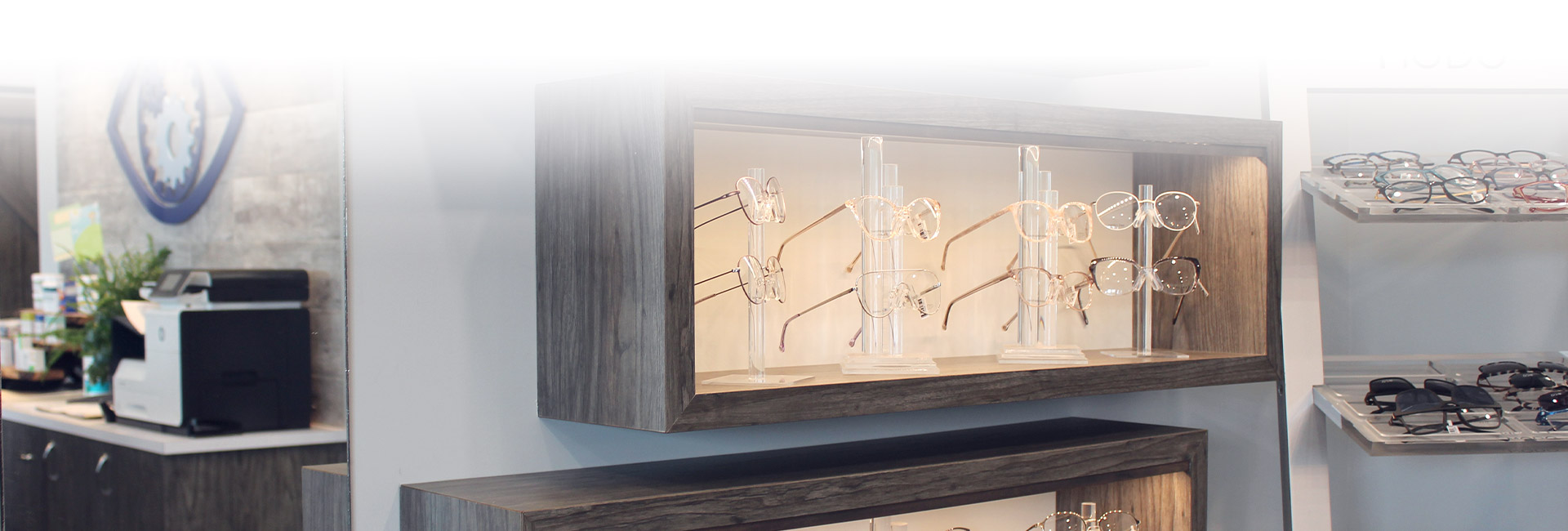The health of your eyes is crucial to your overall well-being, yet it often doesn’t get the attention it deserves. Regular comprehensive eye exams are essential for maintaining optimal eye health and catching issues before they become serious problems.
In this guide, we’ll explain what to expect during a comprehensive eye examination and why it’s a critical part of your healthcare routine.
Understanding a Comprehensive Eye Exam
A comprehensive eye exam goes beyond a simple vision test; it thoroughly assesses your overall eye health and vision capabilities. During this exam, various tests are conducted to evaluate how well your eyes work together, measure your eye pressure, and inspect the internal and external parts of your eyes.
At Beyond 2020 Optometry, detailed exams are carefully designed to detect, diagnose, and manage eye diseases such as glaucoma or macular degeneration and visual refractive errors like astigmatism or myopia. Our comprehensive approach can help you maintain healthy vision and help address any underlying issues early, promoting lifelong eye health and optimal vision.
Why You Need a Comprehensive Eye Exam
Regular eye exams are crucial even if you believe your vision is perfect. Many eye diseases and conditions develop silently and may not present symptoms until they have progressed significantly, making early detection through routine exams vital.
An in-depth ocular health assessment can also reveal underlying health issues not limited to your eyes, such as brain tumours, diabetes, and hypertension.
Key Benefits of Regular Eye Exams
- Prevention of Vision Loss: Early detection of eye diseases like glaucoma and macular degeneration can help prevent future vision loss.
- Systemic Health Monitoring: Eye exams can indicate systemic conditions that impact more than just your eyes, providing a comprehensive picture of your health.
- Improved Quality of Life: Better vision enhances your ability to perform daily activities and can improve your overall well-being.
What’s Included in the Exam?
A comprehensive eye exam can include:
Visual Acuity Test
Using a Snellen eye chart, visual acuity tests are designed to measure how clearly you see. You’ll be asked to read a series of letters or images from a distance to determine the smallest writing you can see clearly. A common part of a comprehensive eye exam, visual acuity tests help assess your vision clarity and sharpness.
Keratometry
Keratometry involves measuring the cornea’s curvature, the clear, dome-shaped surface that covers the eye. This test can help identify signs of astigmatism, a common condition in which the cornea is irregularly shaped, causing shadowed vision.
Cover Test
The cover test assesses ocular alignment, helping to ensure that both your eyes point in the same direction and work together as a team. It can help uncover issues with binocular vision and depth perception.
Ocular Movement Test
In this test, the optometrist will evaluate how well your eyes follow a moving object. It checks for any abnormalities in eye movement that might indicate a disconnect between your eyes and brain.
Refraction Test
A refraction test helps your optometrist determine your glasses or contact lens prescription. A series of lenses is placed in front of your eyes to identify the exact prescription—or prescriptions—required to correct your vision.
Slit Lamp Exam
During a slit lamp examination, your eye doctor will use a special microscope with a bright, narrow beam of light to closely examine the front structures of the eye, such as the cornea, iris, lens, and eyelids. The light allows your eye doctor to view these parts in great detail, helping detect conditions like cataracts, corneal injuries, and infections. This equipment coupled with a powerful lens can also aid in the early detection of diabetes and hypertension.
The Importance of Regular Eye Exams
The frequency of eye exams varies by age and health status. For adults aged 20–39, exams every two to three years are recommended. From age 40 until your senior years, increasing it to every two years is beneficial. For those over 65, annual exams are crucial due to the higher risk of age-related eye conditions. People with diabetes or who wear contact lenses should also receive annual check-ups.
Building Lifetime Eye Health Habits
Incorporating regular eye exams into your healthcare routine can greatly contribute to maintaining your eye health and overall well-being. We emphasize education for our patients, ensuring you understand the results of your exams and how to care for your eyes in the future.
Thinking About Your Next Eye Exam?
A comprehensive eye exam is an essential step in safeguarding your eye health and overall well-being. By scheduling these exams regularly, you can stay ahead of potential eye health issues and maintain clear vision throughout your life. To get started on your path to better eye health, book an appointment with Beyond 2020 Optometry. Don’t wait until a problem arises; take proactive steps today to ensure a bright and clear future.




